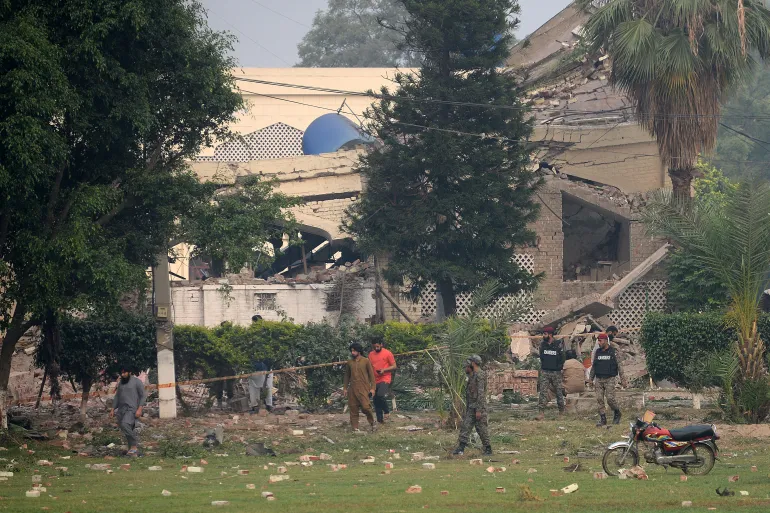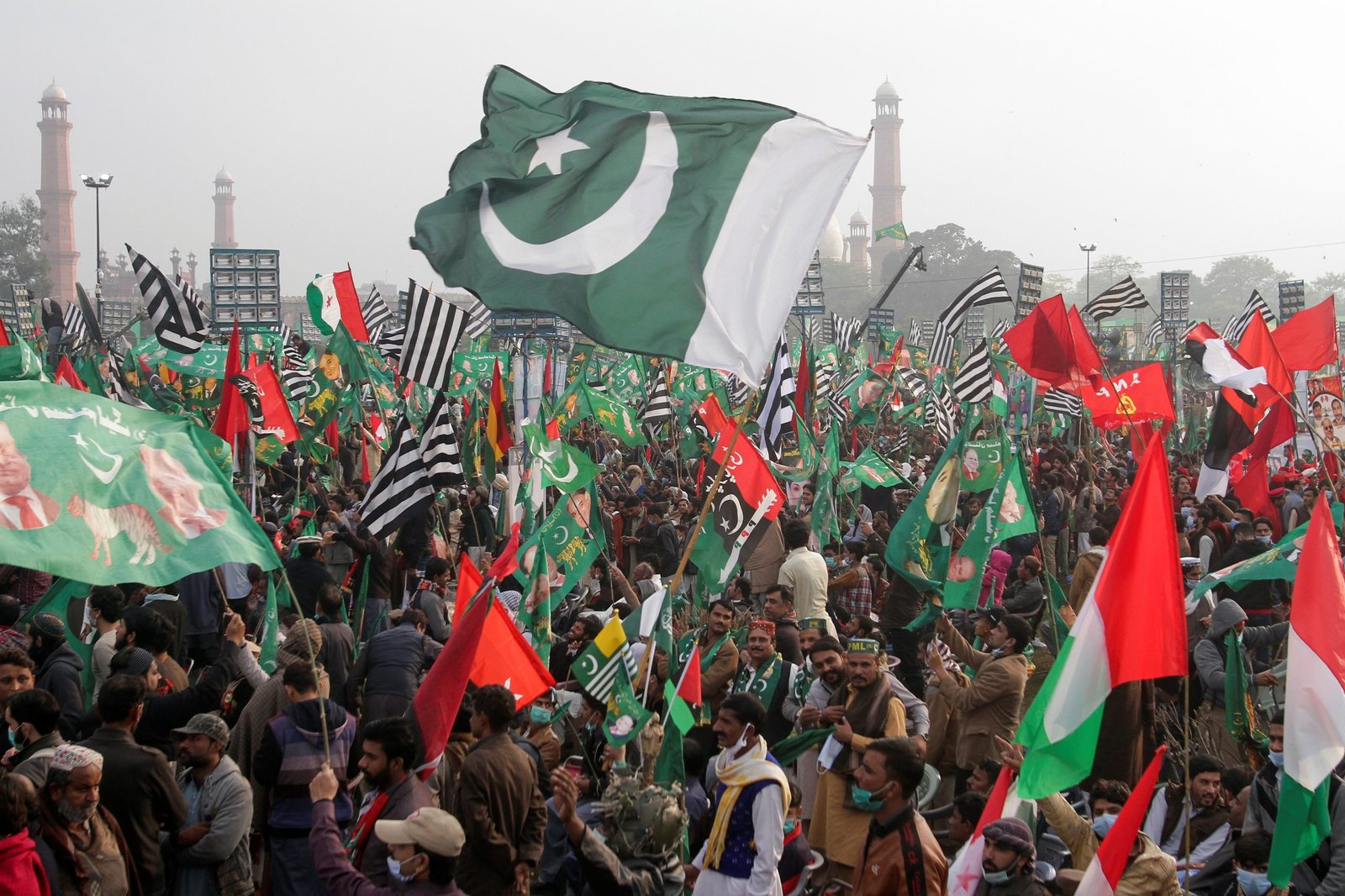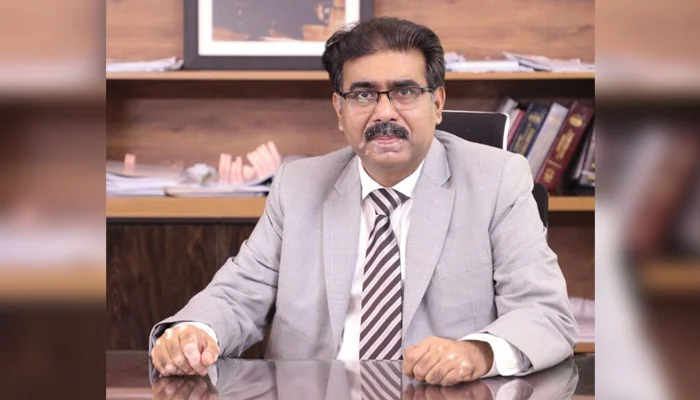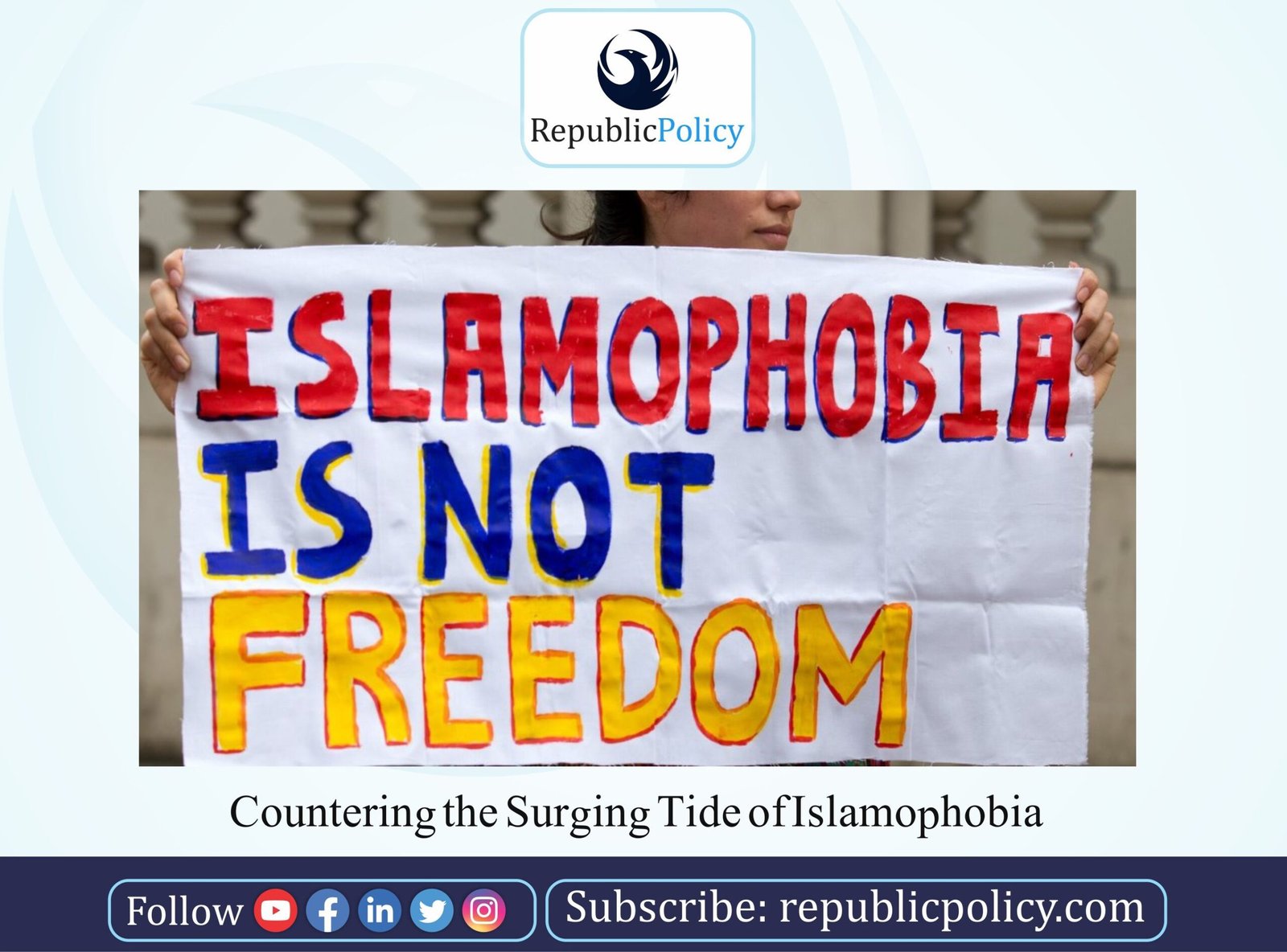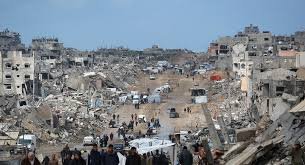Arshad Mahmood Awan
South Asia finds itself teetering on the edge of a dangerous precipice. Early Wednesday, India launched a provocative military operation targeting multiple sites in Azad Kashmir and Pakistan’s Punjab region, dramatically escalating tensions between the two nuclear-armed neighbors. This latest aggression follows two weeks of inflammatory rhetoric and saber-rattling from Indian officials and media, which has stirred nationalistic fervor in the wake of the tragic Pahalgam incident.
The situation is far from over. Addressing the nation last night, Prime Minister Shehbaz Sharif issued a stern warning that India would “face the consequences” of its reckless actions. Earlier in the day, Pakistan’s National Assembly displayed a rare moment of political unity, unanimously condemning India’s aggression. The government’s top security body, the National Security Committee, met to assess the situation, branding New Delhi’s strikes as “acts of war” and signaling a sharp deterioration in bilateral ties.
The cross-border strikes have plunged Pakistan and India into a perilous cycle of retaliation and escalation. Unless both sides move quickly toward dialogue and diplomacy, there is a real danger that this conflict could spiral out of control. Pakistan’s military has responded decisively, reporting that five Indian warplanes were shot down during the confrontations. The message from Islamabad is clear: violations of Pakistan’s sovereignty will not go unanswered. Whether New Delhi has absorbed this lesson remains to be seen.
Indian fighter jets targeted not only locations in Azad Kashmir but also struck several sites in Punjab province. According to Pakistan’s military spokesperson, at least 31 people were killed in what India has dubbed “Operation Sindoor.” The death toll could have been far worse if Pakistani forces had not intercepted the attackers in time. India’s assertion that these strikes were “non-escalatory” borders on absurdity. Crossing an international border, launching airstrikes on civilian areas, and destroying infrastructure like the Neelum-Jhelum hydropower project are, by any rational standard, acts of war. Claims that only “terrorist infrastructure” was targeted are contradicted by on-the-ground realities, where ordinary citizens bore the brunt of the assault.
It is increasingly clear that India’s military action is less about national security and more about political posturing. The BJP government, led by Prime Minister Narendra Modi, appears to be using the Pahalgam tragedy—where dozens of tourists were killed in a shocking attack—as a convenient pretext to deflect from its own security failures. The rush to blame Pakistan for the Pahalgam attack, without presenting any credible evidence, smacks of a calculated effort to inflame public sentiment and bolster Modi’s political standing ahead of upcoming elections. While the Pahalgam incident was undeniably horrific and the perpetrators must be brought to justice, exploiting it to stoke war hysteria is both irresponsible and dangerous.
India has yet to provide solid proof of Pakistan’s alleged involvement in the Pahalgam attack. Despite repeated claims, New Delhi has failed to substantiate its accusations with concrete evidence. This raises serious questions about the true motives behind the latest escalation. Instead of pursuing a transparent investigation, the Modi government seems intent on using military force to distract from domestic challenges and assert its dominance in the region. However, this strategy has backfired spectacularly, dragging both countries to the brink of a potentially catastrophic conflict.
The international community has responded with growing alarm. Several global powers and regional stakeholders have called for immediate restraint and offered to mediate between the two sides. Pakistan has welcomed these offers, signaling its willingness to engage in dialogue to prevent further escalation. Whether India is prepared to reciprocate remains an open question. The current crisis underscores an uncomfortable truth: the Kashmir dispute remains a volatile flashpoint with far-reaching implications for regional and global stability.
India may wish to project the illusion that the Kashmir conflict is a thing of the past, but the reality tells a different story. The people of Kashmir, Pakistan, and the international community continue to recognize the region as a disputed territory, governed by a fragile status quo that can unravel at any moment. The long and bloody history of wars and skirmishes over Kashmir is a testament to the fact that unresolved grievances cannot be ignored or wished away.
For lasting peace in South Asia, both India and Pakistan must find the political will to return to the negotiating table. This requires honest, open discussions that address the core issues at the heart of the conflict, including the aspirations and rights of the Kashmiri people. Such talks may be unpalatable to the BJP government, steeped as it is in Hindu nationalist ideology and dreams of a mythical ‘Akhand Bharat.’ But clinging to ideological fantasies will only prolong the cycle of hostility and mistrust. Pragmatism, not propaganda, is needed to chart a course toward lasting stability.
In the immediate term, the global community must intensify its efforts to defuse tensions. Diplomatic pressure, coupled with back-channel negotiations, can help prevent further bloodshed. Civil society, media, and opinion leaders on both sides of the border also have a critical role to play. Irresponsible rhetoric and inflammatory reporting only serve to fan the flames of conflict. What is needed now is a commitment to peace, dialogue, and mutual respect.
The current standoff between India and Pakistan serves as a grim reminder of how fragile peace in South Asia really is. Without concerted efforts to resolve long-standing disputes, both nations risk repeating the tragic mistakes of the past. The stakes are too high for brinkmanship and bravado. Only through sustained diplomacy and a genuine commitment to justice can the region hope to break free from the shadow of perpetual conflict.



